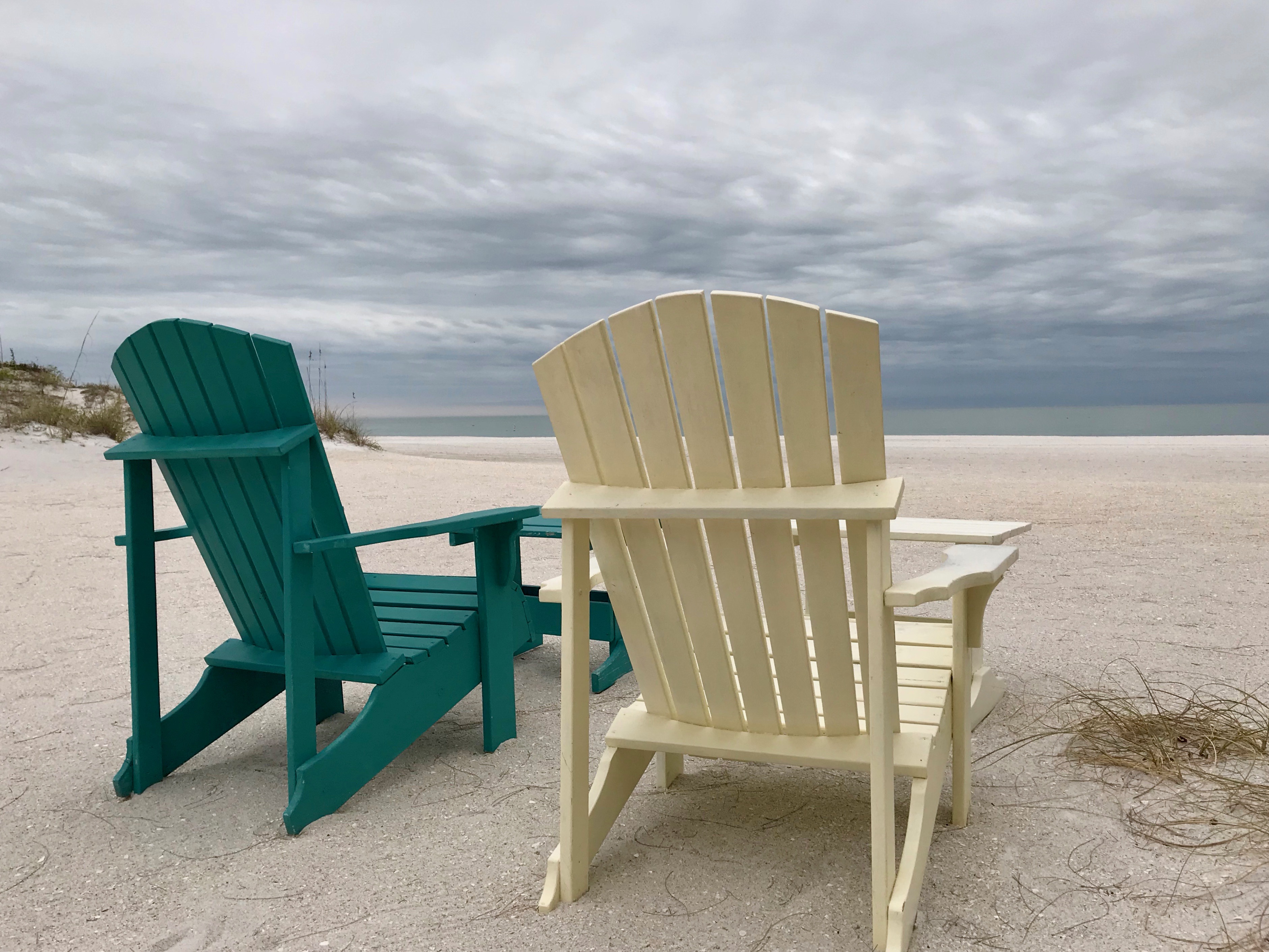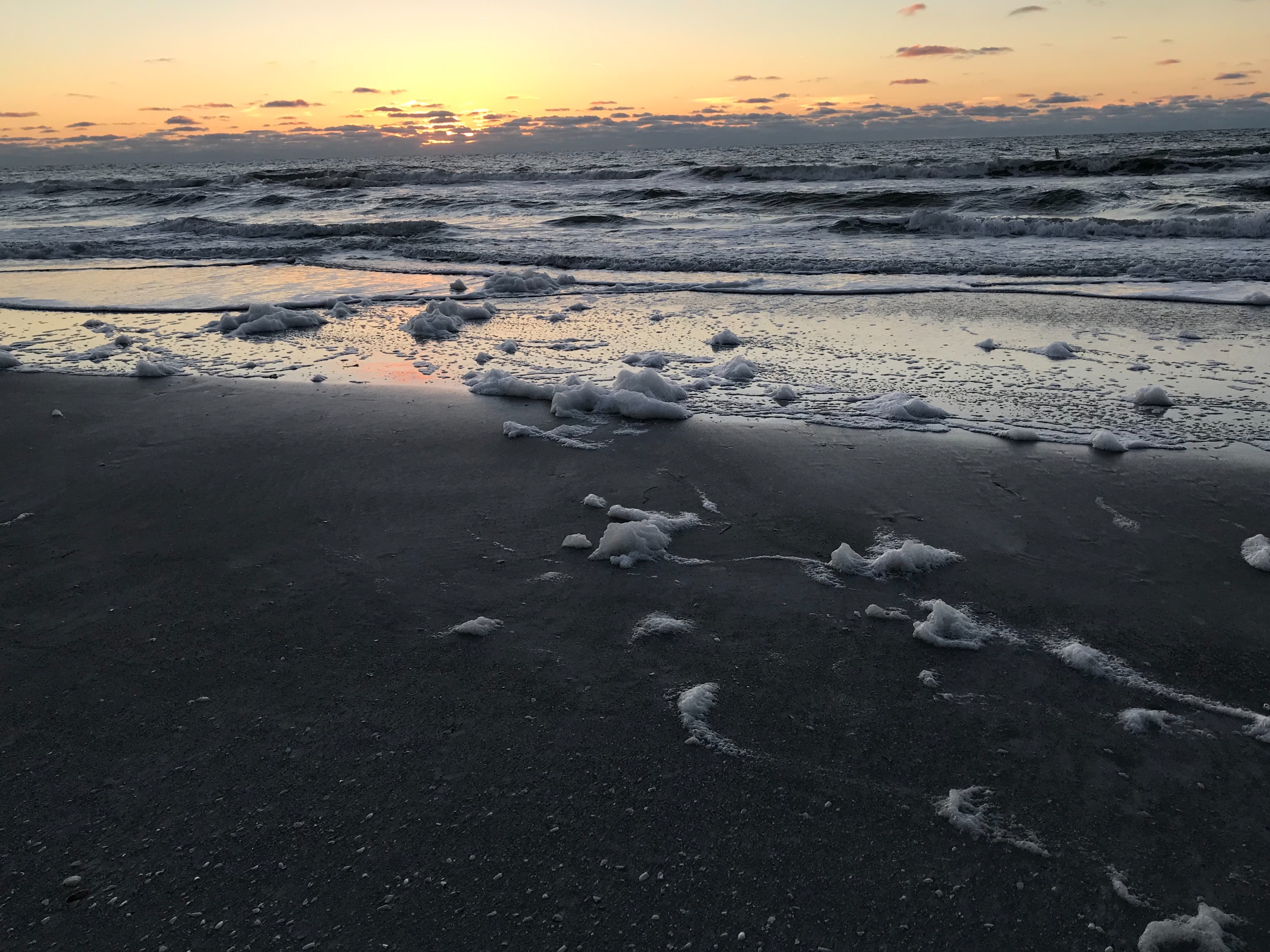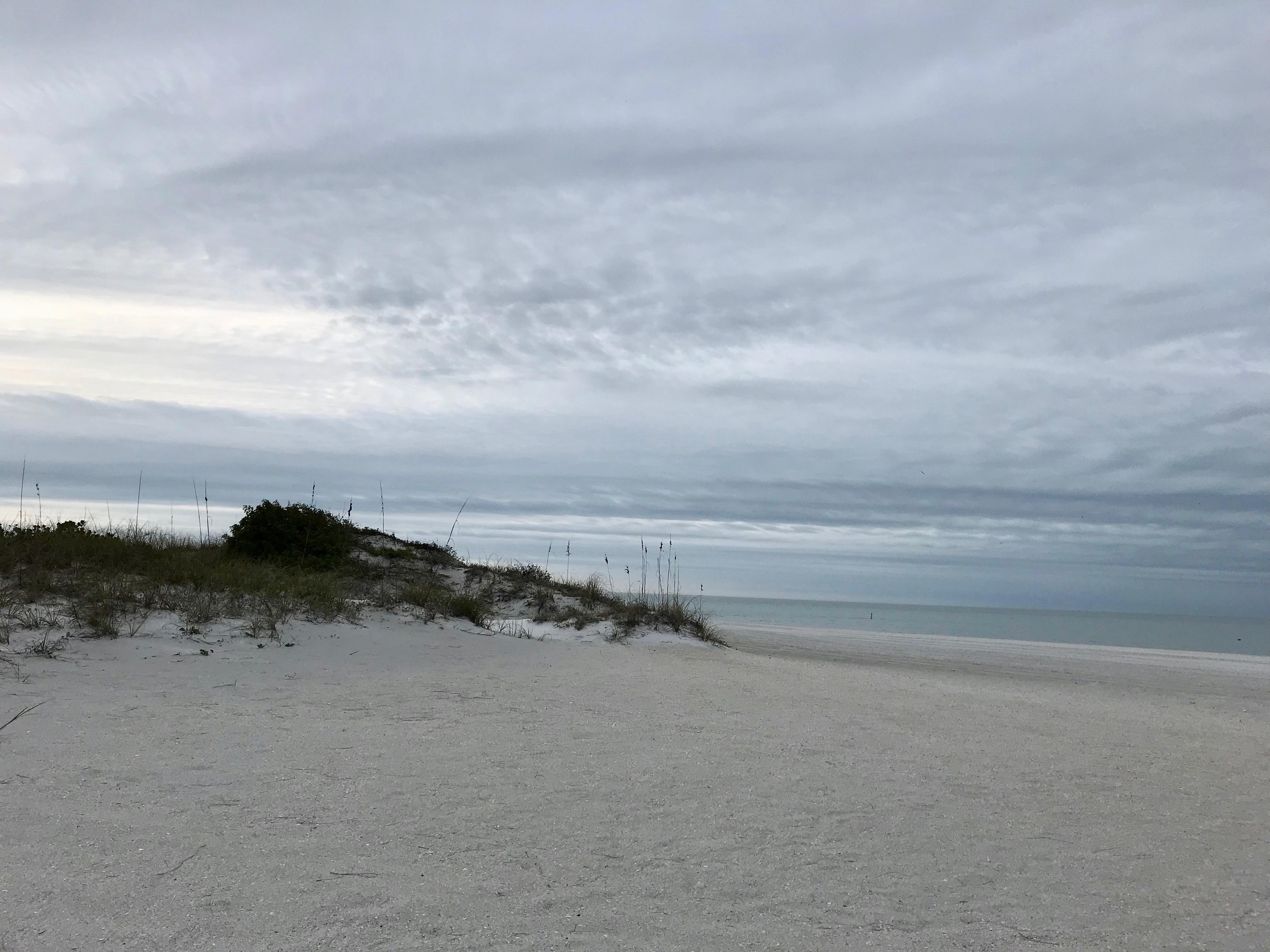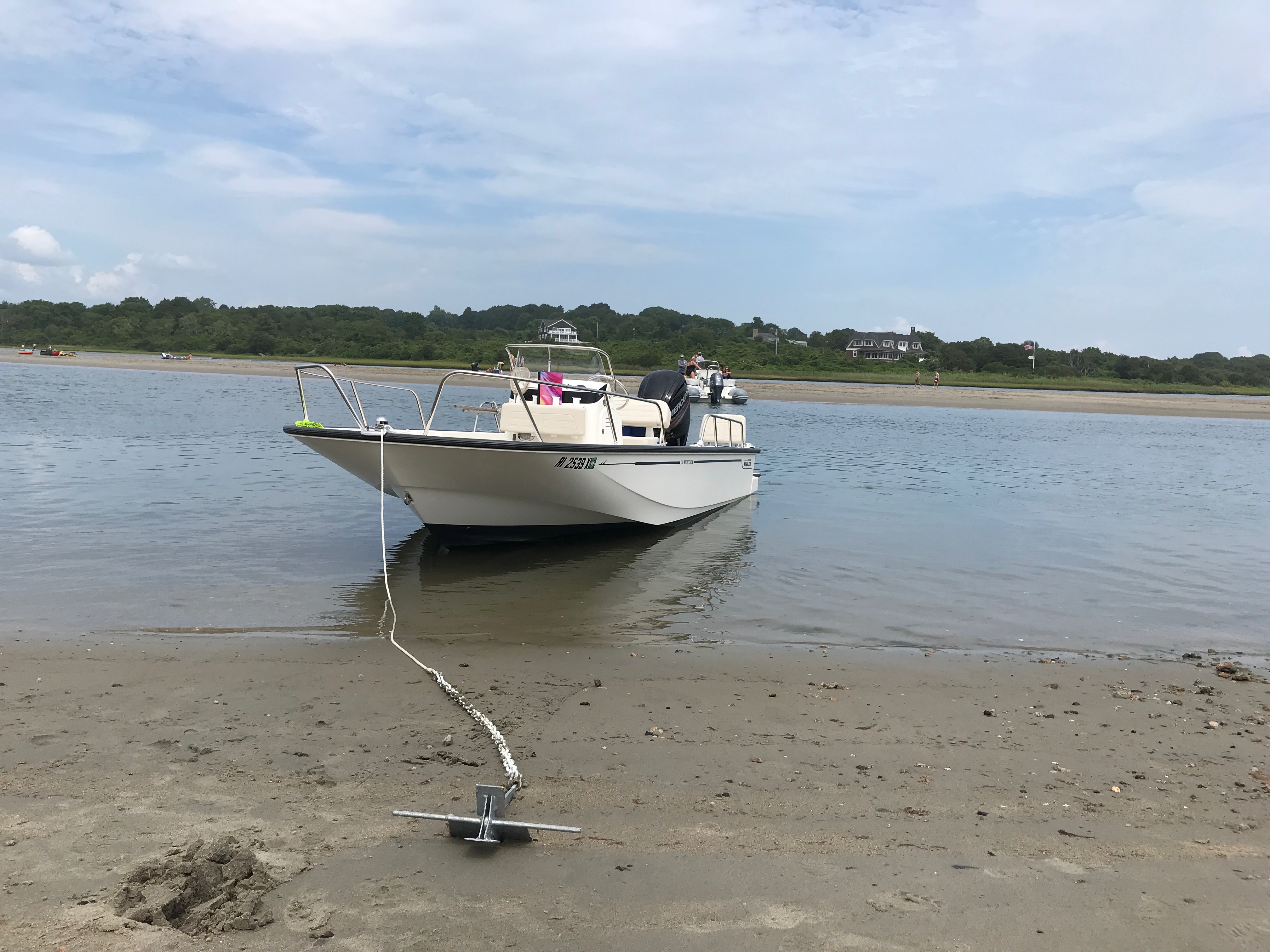
Our LX @ Low Tide in the Mouth of the Narrow River. Photo JAL
It’s time to bid adieu to a year that has been rife with friction. This year we experienced friction via Tweets, the daily news, stock market crawls, and while surfing (always look for the bright side). Friction is the resistance that something encounters when moving over something else. We should be used to friction as it’s been part of our world since Earth and the moon began their celestial dance. I’ll explain this marvel through tidal friction.
The oceans have tides because Earth has a moon. As Earth spins dizzily on its axis the Moon’s gravity makes the oceans appear to rise and fall. It’s an illusion of sorts. The moon generates colossal tidal waves that ebb and flow across the oceans in accordance with its pull on our planet. This constant wave motion creates friction between the tides and the rotating earth. Tides rub both bodies the wrong way. Over four billion years they’ve maintained a friction that makes the moon creep away and drains enough of Earth’s energy to lengthen day length (in the beginning it took just 22 hours to call it a day vs 24 today). There is an upside here, we now have about 35 fewer days a year (regardless of calendar – it’s the time it takes to circle our sun) to deal with the friction that is besotting our news feed.
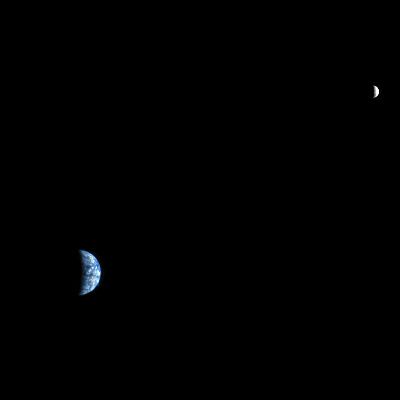
Earth & Moon. View from Mars. Photo by NASA
Friction begets fiction, tall tales, and stories told ‘round the hearth about how good it used to be when we moved faster, back when our days were brighter and plentiful. We create legends about dark forces that eroded freedom and titanic clashes that rendered Nature numb. Some folks blame the dark side of the moon for over powering news cycles. That’s fiction. It’s really friction. We know friction as conflicts or a clash of wills between bubbles filled with us and bubbles full of them. Friction takes its toll. You don’t need to be a physicist to understand that whenever our social/political/emotional bubbles rub against each other the friction is going to wear one out as the other is pushed away. It forecasts an apocalypse of bald tires and pot holes, worn out records and dull needles, and busted bubbles. What we need is an ocean of WD 40 to lubricate the friction between rival fictions and factions.
So as the calendar year ebbs and we settle in for the longest nights, be content that there’s a balance in Nature that will keep the moon in view as we twirl about and circle the sun. Let’s get into the tidal ebb and flow by accepting that for each high we celebrate there’s a low we’d rather pass. It’s okay to slow down and hit the pause button as we end the year. Even the tides slack off for a bit between rising and falling. Be blessed by a Universe that works in accordance with laws that assure us of a future balanced by days and nights. After all, it’s not the fiction (fake) news that’ wears us down – it’s the darn frikSH(ə)n that makes the news!

The water is calm but the tide is moving. The ropes are vigilant though they wear thin the boats rise and fall with the tides. Wickford Harbor, RI. Photo JAL



